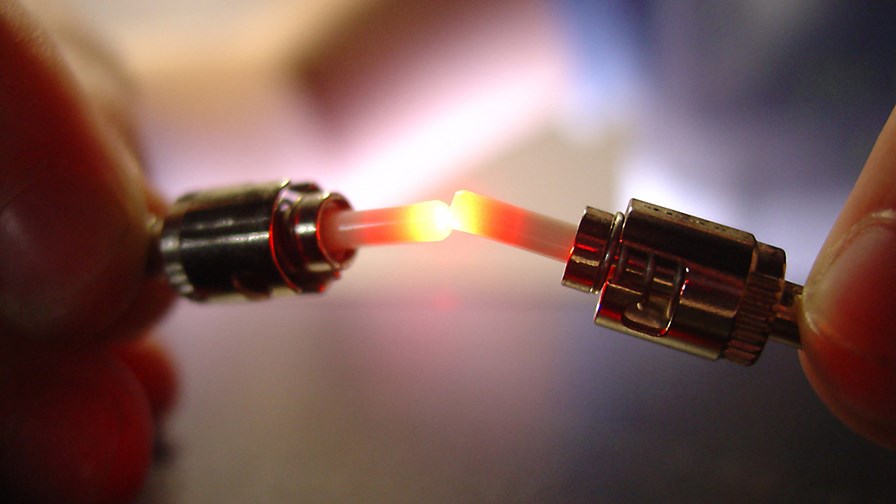
© Flickr/CC-licence/Barta IV
- Verizon and NEC present a proof-of-concept for freeloading distributed optical sensors
- Uses deployed fibre to sniff the sounds of the city
- Convolutional Neural Networks (CNN), Software Vector Machines and Distributed Intelligent Traffic Informatics (DITI) all involved
IoT applications tend to be the most interesting and noteworthy when they passively use existing systems - or data that’s already been collected (and paid for) - to infer useful information. It’s like a two for one offer down at the supermarket.
After all, any old IoT or sense application is possible if you have enough money to throw at it, but cleverly gaining insights from investments already mostly made - that’s real clever clogs innovation!
Here’s one. Verizon and NEC have been developing a proof of concept (PoC) using ‘distributed optical sensors’. Sounds cutting edge and expensive but it’s actually very straight-forward.
The idea is to use existing fibre, already laid in the ground and fully employed shunting data about, to act as a general-purpose optical sensor system, sniffing up the optical signatures for things happening in the world above. Events such as vibration from vehicle movements, gunshots (if you’re in the US), decay of infrastructure (the ‘sounds’ of concrete under strain) and many, many more. Detecting vehicle movement can obviously be fed into intelligent traffic monitoring applications, gunshot data can be forwarded straight to the cops.
Optical sensing like this has been around for a while, but the breakthrough here is that the system piggybacks across existing non purpose-built fiber already in the ground. The application was enabled by the fiber sensing system that served an existing Wavelength Division Multiplexing (WDM) based system tasked to monitor the health of the fibre network.
"Instead of ripping up tarmac to place road and traffic-sensing technology, cities will be able to simply piggyback Verizon’s existing fiber optic network," claims Adam Koeppe, Senior Vice President of Technology Planning and Development with Verizon.
With hundreds of thousands of miles of fiber already in place and plans to deploy 1,400 miles of additional fiber per month, Verizon reckons it’s uniquely positioned to scale the solution nationwide.
Technical detail
The system uses Wavelength Division Multiplexing (WDM) communication channels on the same fiber with minimal impact to data communication capacity, the companies claim, making it suitable for deployment even in traffic congested networks. AI tools such as Convolutional Neural Networks (CNN) and Software Vector Machines were used in order to take advantage of Distributed Intelligent Traffic Informatics (DITI). Utilizing just a single integrated interrogator, the distributed multi-parameter sensor system evaluated various properties of back-scattering light, which can be used to derive the static strain, dynamic strain, acoustics, vibrations and temperatures for each fiber segment. This allows users to identify detected signatures and to translate those back-scattering signals into actionable information over a wide area previously unattainable by conventional sensors.
Results from this trial were reported jointly at OFC 2019 by Verizon and NEC (download PDF)
Email Newsletters
Sign up to receive TelecomTV's top news and videos, plus exclusive subscriber-only content direct to your inbox.




